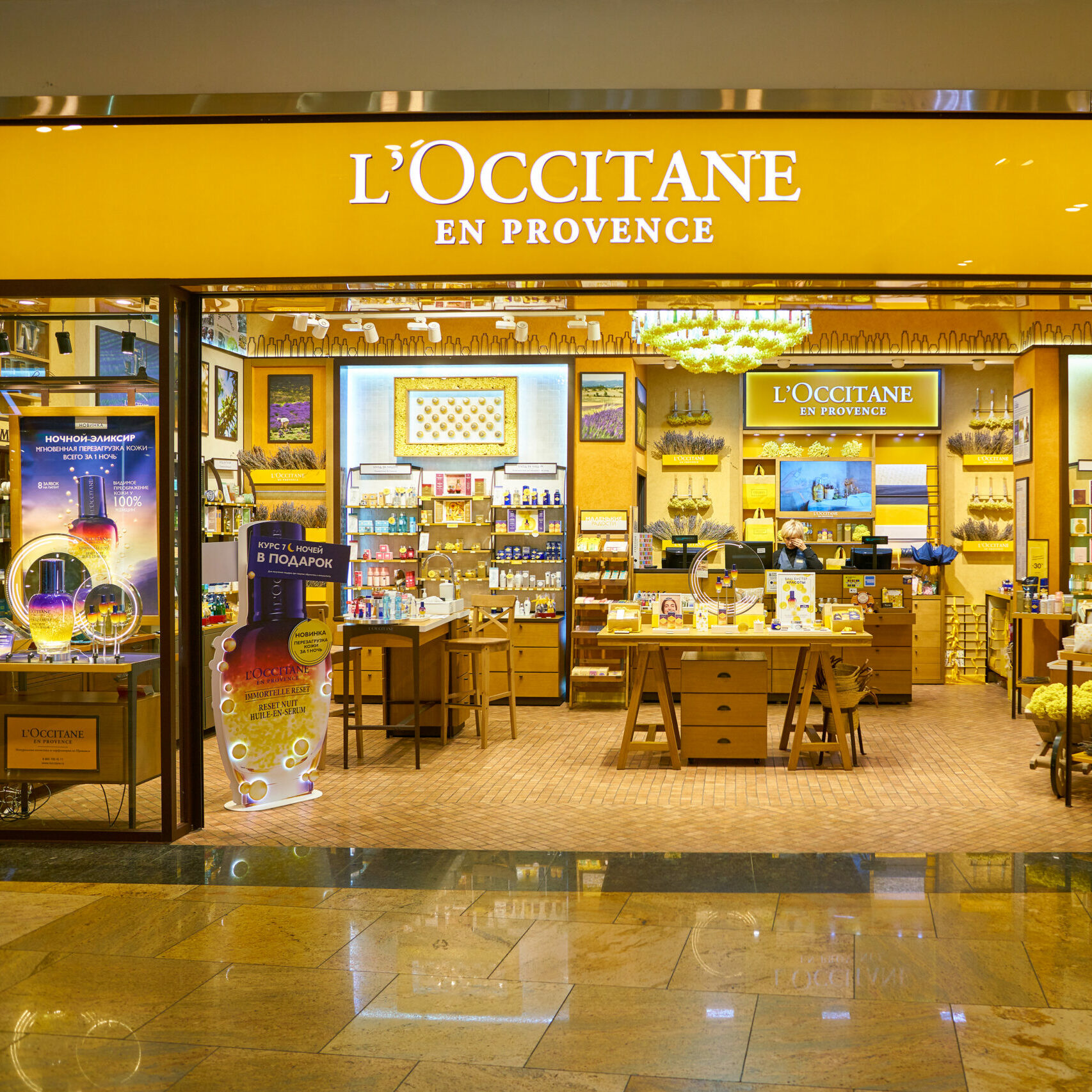Private equity remains the most popular asset class for investors in our survey but – facing pressure from the denominator effect and lower distributions – their fund commitments this year will be hotly contested.
This article first appeared in the December 2022 Investor Interest Insights Report
Private equity remains the most popular asset class for investors in our survey but – facing pressure from the denominator effect and lower distributions – their fund commitments this year will be hotly contested.
The long-term outlook among private equity investors may be positive but, in the short-term, fund commitments are slowing, reducing or going to a smaller group of managers.
Most institutional LPs have been crippled by the denominator effect and many are worried about lower distributions from their GPs. According to research and interviews conducted by Private Equity Wire in November, both trends are likely to carry into 2023, warping the fundraising environment for most of the year ahead.
Global private equity fundraising is currently the slowest in more than 20 years, according to data from Preqin in November. While almost all fund closures this year are still hitting target, they are taking longer to do so on average – 25% longer than pre-pandemic in fact. The amount of capital flowing into funds has also dwindled as this year has progressed: 2022 is set to be the first year on record where the total raised by closed funds has fallen in every quarter.
Brand name managers including Blackstone, Carlyle, KKR and Apollo reported record inflows up to Q2 this year, but the mood music among many of their large institutional LPs was already starting to change as public market volatility forced many to look at the relative value of their private market portfolio. Other factors are weighing down on these LPs too. Europe-based GPs have been facing more difficulty fundraising, as the implications of the Ukraine war have scared many investors from outside the region.
“When we’re talking to groups about how they want to implement a global portfolio, we are seeing enhanced appetite for more US-heavy portfolios with Europe becoming an increasing concern,” says Anna Morrison, senior director, private markets at Bfinance.
European fund closes slowed notably in the second half of 2022. Aside from Nordic Capital – which in October closed Europe’s largest this year at €9bn – the region’s 15 largest fund closes all took place before the summer and all, bar one, were below €3bn in size. Furthermore, only one of the 15 was a first-time fund – proving that LPs are pivoting to existing manager relationships or GPs that can show a track-record of 100% investing through previous crises. At the end of October, Nordic Capital’s managing partner Kristoffer Melinder told Financial News that LPs are over-allocated, under-resourced and “definitely going for lower risk in what they’re doing”.
Globally, funds which haven’t reached final close in the second half of this year will now almost certainly stretch into next year, to capture fresh LP allocations budgeted for 2023. A placement agent who declined to named said in September that every one of the funds of their books will remain open for fundraising the first quarter of 2023.
“There will be a land rush in the first quarter of next year,” says Clay Deniger, CEO of Capstone Partners. “The lesson learned is you’ve got to lock down commitments in the first half, and increasingly the first quarter, so it will be extremely competitive in Q1. If you’re at a standing start on January 1, you’re probably in trouble.”
At least half of every investor type surveyed by Private Equity Wire in November plans to increase their exposure to private equity over the next 12 months – making it the most popular asset class in the survey – but their commitments will be hoovered up quickly and may not stretch far into 2023.
Investment consultants and placement agents are keen to point out that fund commitments have slowed rather than stopped and have not slowed for every fund manager. “The re-ups have been coming but the re-ups have often been smaller and more delayed,” says Andrew Bentley, partner at Campbell Lutyens in London. “New commitments have been much more challenging and generalist buyout funds have never been more at risk.”
New fund launches early in 2023 may face pressure too. “Funds that are looking to fundraise without a particularly strong track record in this market will find it difficult,” says Leigh Webb, head of private equity sponsor coverage at finnCap Cavendish, “so this sort of slight market downturn will flush out some of those that have had mediocre performance over the last three to five years, and they will struggle to raise funds again. Those who have delivered good returns for their investors will continue to attract backers in the market.”
Although the number of GPs actively fundraising has fallen from the peaks of the pandemic, there is still an oversupply of managers chasing capital. The best mid- market managers fundraising this year are still “slicing through the market”, says Bentley, but he believes that 2024 will be just as tough for everyone else if the denominator effect drags on. “Once the [public market] bottoms out and distributions kick up again, things will correct but is it a nine-month problem or a two to three-year one? LPs are happy to be in the asset class, but they have to ration their capital. Nothing’s broken, it’s just a squeeze, and probably a protracted squeeze”.
Although private equity tends to experience increased investor interest in a recession, allocators are nervous about 2023. Eight out of ten surveyed by Private Equity Wire in November believe the health of the global economy will not have improved in 12 months’ time. The majority (56%) believe it will be worse, with asset managers the most pessimistic and institutional investors the most optimistic. Rising interest rates are the chief concern.
Investors are also watching distributions and have been reluctant to commit capital to GPs with large amounts of dry powder on their books. A measure of LP liquidity by placement agent Rede Partners fell to its lowest on record in November, indicating that LPs on average expect to reduce commitments to new funds over the next 12 months. More than eight out of 10 LPs surveyed by Rede see lower capital distributions over the next year as the main reason for them dialing back.
A person close to US-based Ridgemont Equity Partners, which announced closing its fourth flagship fund in October, said their track-record had been a key selling point to investors during the fundraising. Others involved in fund closes in 2022 claim that distributions are becoming a more frequent talking point among LPs.
“Four years ago, I can’t remember answering a questionnaire about DPIs,” says Laura Hill, partner and head of investor relations in North America for Corsair Capital. “The current macro environment has provided a forum for LPs to be extremely vocal about liquidity. Yes, PE is illiquid, but every GP knows that they need to be exiting a certain number of deals per year and returning capital with the hope that some of that comes back to them (in new fundraising).”
Not surprisingly, new and faraway pools of LP liquidity are growing in significance, particularly for larger managers with the reach to tap them. North American managers including Apollo and KKR have said they are increasingly targeting investors from outside the US (see chapter 3 of Insight Report below) and a wider push into private wealth is also evident among others (see chapter 4).
It is worth noting that listed private equity houses can be more exposed to a weaker fundraising environment as their share price is typically a reflection of the fees they can earn from growing assets under management. The Financial Times reported in November that slower fundraising at Carlyle has led to a 2% decline in AUM in Q3. Carlyle’s share price has fallen by almost 50% since the start of the year.
What can be done? More generally, GPs have been turning to the secondary market to preserve or return LP money, for example through continuation funds, strip sales or fund financing. Doing so can provide liquidity to their LPs allowing them to more easily commit to new funds.
According to Bentley, GPs may find also they will have to be even more flexible on their offering to LPs in 2023, for example by twinning co-investment or secondary opportunities with primary raises. Anecdotally, fees seem to have remained relatively static with only some reductions “around the edges”, he says. This could shift through 2023. In Private Equity Wire’s survey, fees were ranked as the top priority for institutional investors and the second highest priority for allocators in general, behind ESG.
“We think that soon, or at least eventually, the private equity market is going to become more competitive on fees; particularly when the weight of new capital is coming from DC rather than DB pension funds,” says Stephen O’Neill, head of private markets at UK-based National Employment Savings Trust (Nest).
It is estimated that around two-thirds of DC schemes in the UK do not currently invest in illiquid assets, while the remaining third invest less than 7 per cent. As such new investor groups are targeted by fundraising managers, further concessions may need to be made.






